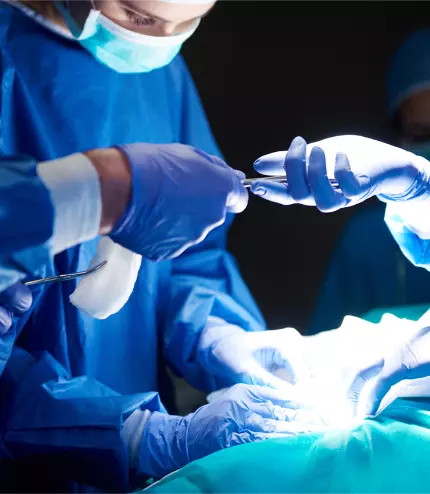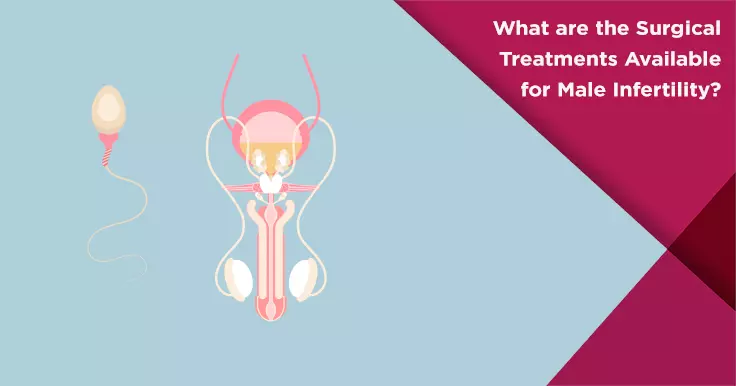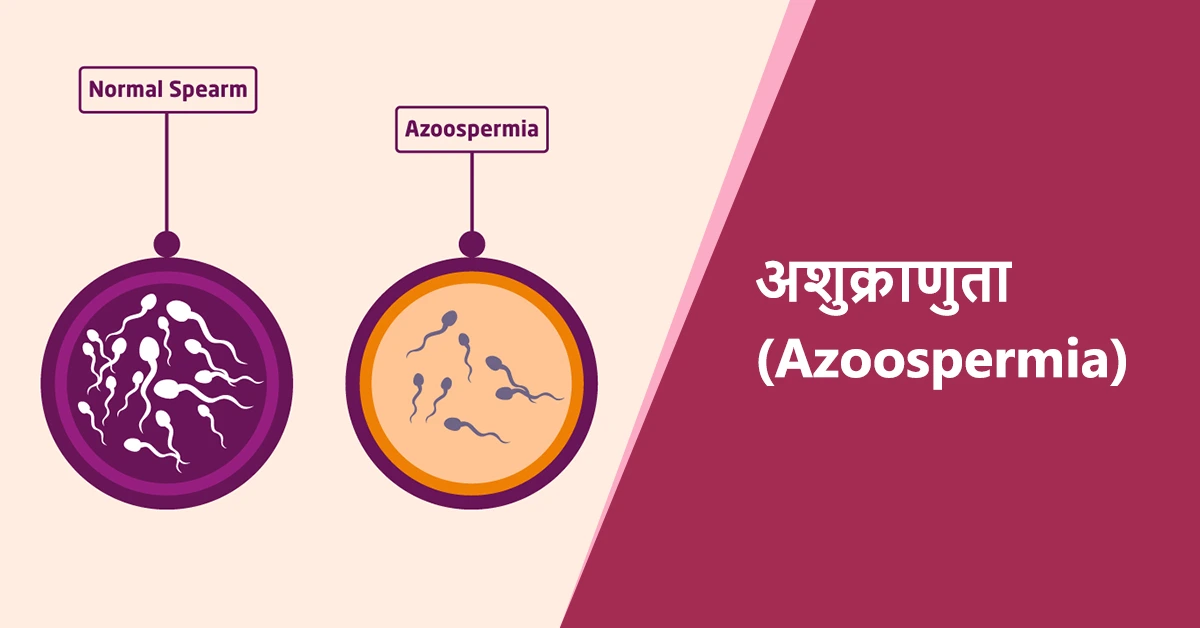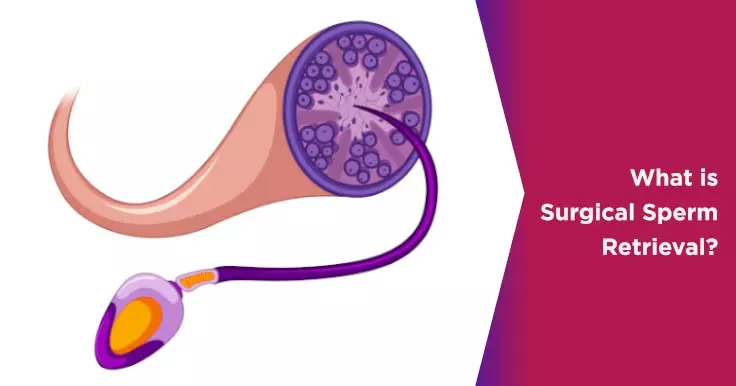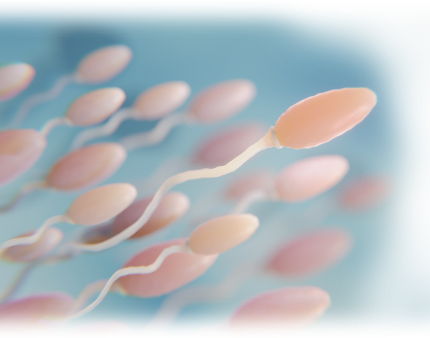
Understanding Azoospermia: Differences between Obstructive and Non-obstructive Types
Azoospermia is a condition where a man's ejaculate has no sperm. This can be caused by a blockage in the reproductive tract, problems with hormones, ejaculation, or issues with the testicles. In many cases, it can be treated. If not, it may be possible to retrieve live sperm to use in assisted reproductive techniques.
Obstructive azoospermia is a condition where sperm is not present in a man's semen due to blockages in the reproductive tract, because it produces high-quality sperm with high success rates and few complications. However, it requires microsurgical skills and must be performed in an operating theatre.
Nonobstructive azoospermia (NOA) is a condition where a man's semen does not contain sperm, but there may still be some sperm production happening within the testis.
Understanding Surgical Sperm Retrieval: Techniques and Benefits
Surgical sperm retrieval is a medical procedure that involves extracting sperm directly from the testicles or epididymis using a fine needle or a biopsy through a small incision. This procedure is usually recommended for men who have undergone a vasectomy, have low sperm counts, or have difficulty ejaculating due to injury or infection. The collected sperm is then used in complementary fertility treatments such as in vitro fertilization (IVF) or intracytoplasmic sperm injection (ICSI) to increase the chances of successful fertilisation. The choice of surgical sperm retrieval technique depends on various factors such as the cause of infertility and the individual's preferences. Some of the most common techniques include percutaneous epididymal sperm aspiration (PESA), testicular sperm aspiration (TESA), testicular sperm extraction (TESE), and micro-TESE. Surgical sperm retrieval is a safe and effective option for men who are struggling with infertility and wish to start or grow their families.
PESA is a medical procedure used to obtain sperm cells from the epididymis. During the procedure, a small needle attached to a syringe is inserted into the epididymis to remove a sample of sperm cells. The sperm cells are then examined under a microscope in a laboratory and may be used immediately to fertilize eggs or frozen for future use in fertility treatment.
TESA is usually performed with local anaesthetic in either an operating theatre or a doctor's office and is timed to coincide with the female partner's egg retrieval. A needle is inserted into the testicle to aspirate tissue and sperm. In some cases, TESA does not provide sufficient tissue or sperm, so an open testis biopsy may be required.
MESA is a technique for retrieving sperm from the epididymis that is used for IVF/ICSI. It is considered the best method for men with obstructive azoospermia.
During a microTESE procedure, a surgeon looks for sperm using a powerful microscope and can spend several hours doing so, while a lab technologist may spend up to 14 hours searching under a microscope. The image shows what the surgical field looks like during the procedure, magnified 10 to 15 times.
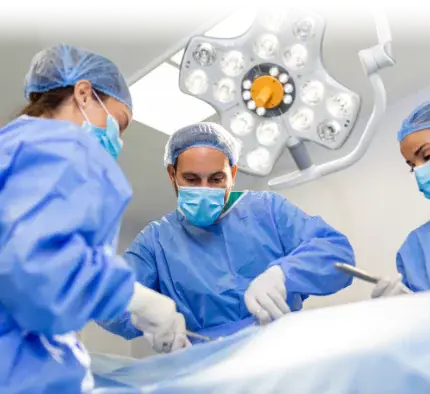
When is Surgical Sperm Retrieval Recommended for Male Infertility?
As said earlier, surgical sperm retrieval is a medical procedure that can be used to improve male infertility. In several situations where surgical sperm retrieval may be recommended to increase the chances of successful fertilisation.
The tubes that transport sperm from the testicles to the urethra are called the vasa deferentia. If they are blocked, sperm cannot travel through them, leading to infertility. This blockage may occur for a variety of reasons, including previous vasectomy surgery, infections, or injury to the genital area. In cases where the obstruction is caused by a previous vasectomy, surgical sperm retrieval can be an effective way to obtain sperm for fertility treatments. Surgical sperm retrieval can extract sperm directly from the testicles to bypass the blockage and increase the chances of successful fertilisation.
In rare cases, some men may be born without vasa deferentia, which means that sperm cannot travel from the testicles to the urethra. Surgical sperm retrieval can extract sperm directly from the testicles, making it possible to fertilise an egg through IVF or ICSI. A low sperm count can make it difficult for semen to flow through the vasa deferentia. In such cases, surgical sperm retrieval can help by extracting sperm directly from the testicles and concentrating it to increase its motility and density.
Surgical sperm retrieval is a safe and effective male fertility enhancing technique to increase the chances of successful fertilisation. It can be paired with other fertility treatments like IVF to improve the chances of pregnancy.
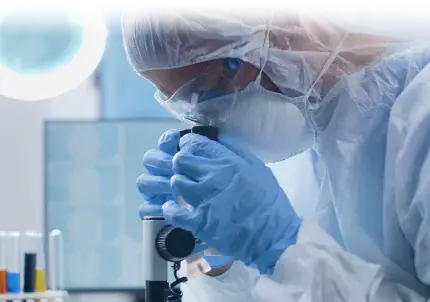
 Infertility Counselling
Infertility Counselling Female Infertility Treatment
Female Infertility Treatment Andrology Treatment
Andrology Treatment Fertility Enhancing Surgeries - Female
Fertility Enhancing Surgeries - Female Fertility Enhancing Surgeries - Male
Fertility Enhancing Surgeries - Male Endoscopy Treatment
Endoscopy Treatment IUI Treatment
IUI Treatment IVF Treatment
IVF Treatment ICSI Treatment
ICSI Treatment Advanced IVF Solutions
Advanced IVF Solutions Embryology
Embryology Vitrification Egg, Embryo, Sperm Freezing
Vitrification Egg, Embryo, Sperm Freezing Preimplantation Genetic Testing (PGT)
Preimplantation Genetic Testing (PGT) Donation Program Embryo / Egg / Sperm
Donation Program Embryo / Egg / Sperm Self-cycleTM IVF
Self-cycleTM IVF

 Self-cycleTM IVF
Self-cycleTM IVF
